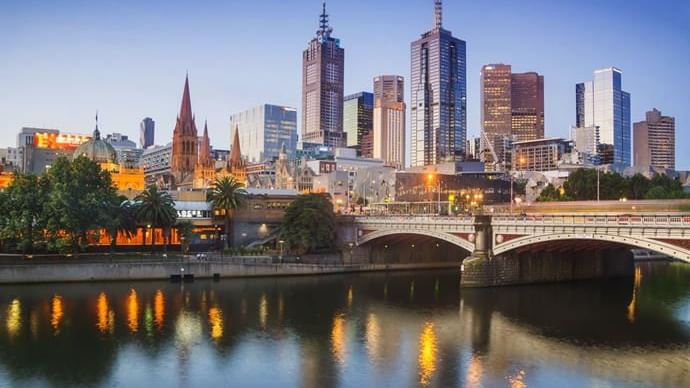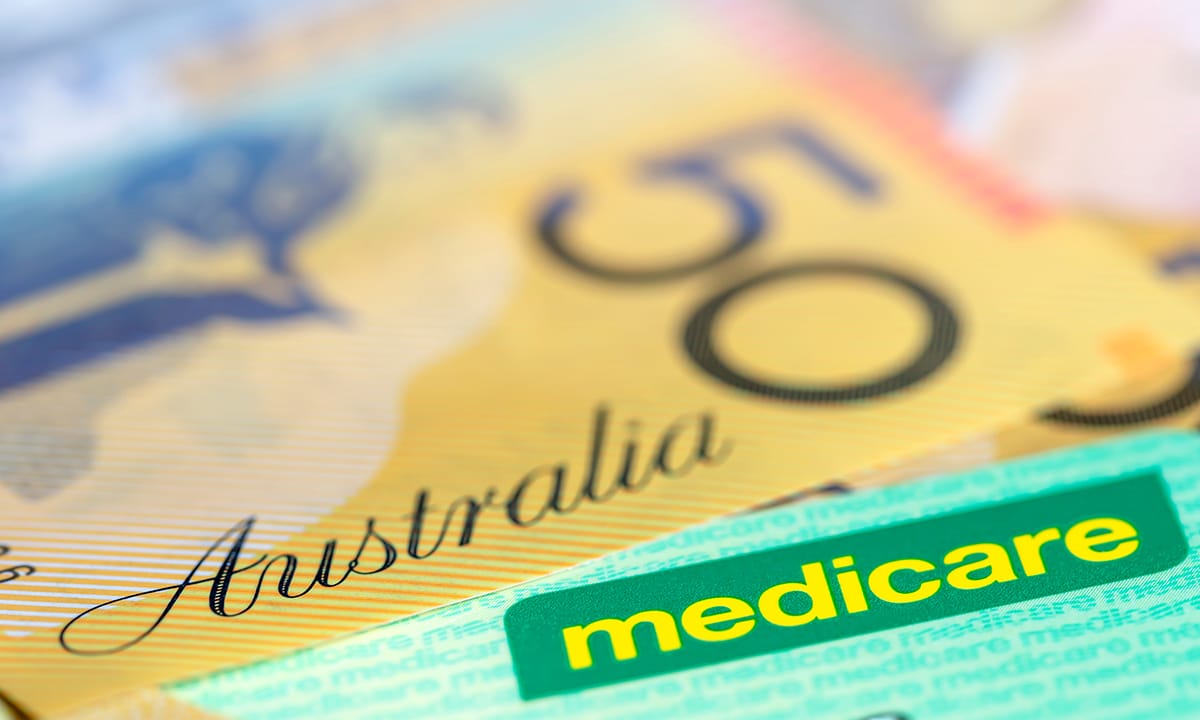Cost of living in Melbourne is a topic of growing importance as Australia’s cultural capital continues to attract students, professionals, and families from across the globe. With its vibrant arts scene, world-class universities, and robust job market, Melbourne remains one of the most desirable cities to live in. However, living in such a cosmopolitan hub comes at a price—housing, daily expenses, transport, and entertainment all contribute to a financial landscape that demands planning and adaptability. For newcomers and residents alike, understanding these costs is crucial for managing budgets and making informed lifestyle choices.
Melbourne’s housing market is a defining factor in its living expenses. As Domain reports, the median house price in the city sits at over AUD $920,000, while rental costs for a one-bedroom apartment average AUD $2,200/month in central areas, according to Realestate.com.au. Suburbs like Brunswick and Preston provide more affordable alternatives, but they too are experiencing price hikes due to high demand. Shared housing and student accommodations, detailed by UniLodge, offer some relief for younger renters, while ongoing developments like the Victorian Government’s Big Housing Build attempt to address long-term supply challenges.
When it comes to day-to-day expenses, Melbourne is both indulgent and practical. The city’s celebrated food and coffee culture means a weekly dining budget can easily exceed AUD $200 for those who eat out frequently. Zomato and Broadsheet Melbourne list average meal prices and trending venues that reflect current spending habits. Meanwhile, groceries from Coles, Woolworths, and Aldi will cost a single person around AUD $120 per week, with some variation depending on dietary choices and store location.
Transportation is another key element of the cost of living in Melbourne. The Public Transport Victoria Myki system is widely used and reasonably priced, with daily caps of AUD $10.60 and monthly passes around AUD $160. However, for those opting for private vehicles, costs skyrocket—fuel, registration, insurance, and parking fees can easily surpass AUD $300 per month. These factors make choosing where to live and work a financial balancing act. Utility bills further add to the burden, with average monthly electricity and gas charges hovering around AUD $250, as outlined by Energy Made Easy.
Entertainment, fitness, and leisure also form part of the broader spending landscape. A gym membership typically costs AUD $65–$90/month, with studios such as Anytime Fitness and F45 Training leading the way. Movie tickets are around AUD $22, and streaming subscriptions like Netflix Australia are nearly universal. While Melbourne offers plenty of free events and public spaces, regular participation in its cultural life often requires a decent discretionary budget.
In totality, Melbourne presents a blend of expenses that demand calculated planning, but the city’s unparalleled lifestyle, opportunities, and vibrancy justify the price for many. Whether you’re relocating, investing, or simply evaluating your financial options, grasping the true cost landscape is your first step toward thriving in this dynamic Australian metropolis.
Housing and Accommodation Trends in Melbourne
Rental Prices Across the City
Rental costs form a major component of the cost of living in Melbourne. On average, renting a one-bedroom apartment in the city centre costs around AUD $2,200 per month, while outside the centre it drops to about AUD $1,700. Suburbs such as Footscray, Coburg, and Preston offer lower rates compared to Southbank or Carlton.
Shared Housing and Student Accommodation
For students or young professionals, shared housing is a more affordable option. The average rent for a room in a shared apartment ranges from AUD $800 to AUD $1,200 per month. Universities such as the University of Melbourne and RMIT offer on-campus housing that can cost between AUD $1,000 to $1,600 monthly.
Buying Property in Melbourne
For those looking to buy, property prices in Melbourne are among the highest in Australia. As of 2024, the median house price is AUD $924,492, while units average at AUD $613,048. This significantly impacts the long-term cost of living in Melbourne for homeowners.
Popular Suburbs by Budget
Affordability varies by suburb. Brunswick and Thornbury cater to mid-range budgets, while Toorak and Brighton are premium-priced. In contrast, outer suburbs like Werribee and Cranbourne are more budget-friendly for both renting and purchasing.
Impact of Migration on Housing Demand
Melbourne’s growing population—now over 5.2 million—has pushed housing demand higher. With an influx of international students and interstate migrants, rental vacancies remain tight, maintaining upward pressure on prices.
Housing and Accommodation Trends in Melbourne
Rent Fluctuations Post-Pandemic
The COVID-19 pandemic caused a temporary dip in rent, but by 2023, prices surged. In 2024, Melbourne’s rental vacancy rate is under 1.3%, leading to annual rent increases of 12% in some suburbs. These dynamics directly affect the cost of living in Melbourne.
Government Housing Initiatives
The Victorian government has launched the “Big Housing Build,” investing AUD $5.3 billion to increase social housing. However, only a fraction of this stock is accessible to average-income residents, so it doesn’t significantly reduce the cost of living in Melbourne for most.
Inner-City Versus Suburban Living
Living in inner-city areas offers better access to amenities but at a high cost. Suburban living provides more space for less money. For example, a three-bedroom home in the outer suburb of Sunbury can be rented for AUD $1,600/month compared to over AUD $3,200 in Fitzroy.
Energy Efficiency and Utility Costs
Many older homes in Melbourne lack modern insulation, which leads to high electricity and gas bills. Average monthly utility costs range from AUD $180 to $300 depending on property size and insulation quality.
Short-Term Rentals and Airbnb
The rise of Airbnb has strained long-term rental markets. A one-bedroom Airbnb in Melbourne’s CBD can cost AUD $130–$200 per night. This trend reduces availability for permanent residents and adds pressure to overall housing affordability.
Housing and Accommodation Trends in Melbourne
Student Housing Pressure Points
With over 200,000 international students, universities have seen surging demand for student housing. Some students pay up to AUD $2,000/month for private student apartments. This segment’s growth has contributed to the rising cost of living in Melbourne.
Affordable Housing Alternatives
Co-living spaces and modular homes are emerging solutions. Providers like Scape and UniLodge offer semi-furnished shared apartments starting at AUD $280/week. Such alternatives aim to lower the cost of living in Melbourne, particularly for students and singles.
Property Management Fees and Hidden Costs
Landlords often charge high property management fees (up to 8% annually), and tenants bear additional costs such as bond deposits (equivalent to four weeks’ rent), utility connections, and moving services—adding thousands to upfront expenses.
Impact of Zoning and Planning Laws
Strict zoning in inner suburbs restricts new developments, keeping supply tight and prices high. The state government has proposed rezoning reforms, but implementation delays have slowed new housing rollouts.
Trends in Co-Ownership and Investment
More millennials and Gen Z are exploring property co-ownership to counteract soaring prices. Investment buyers also dominate 27% of the Melbourne market, making competition stiffer for first-time buyers.
Housing and Accommodation Trends in Melbourne
Hostel Living for Short-Term Settlers
Backpackers and new arrivals often use hostels, which cost AUD $35–$60 per night. Though not ideal long-term, this setup helps reduce the initial cost of living in Melbourne while job-hunting or flat-searching.
Rising Construction Costs
Construction inflation has led to higher home building costs. The average cost to build a new home in Melbourne is now AUD $2,400 per square metre. This directly impacts both buyers and renters as supply lags behind demand.
Council Rates and Body Corporate Fees
Homeowners must also pay annual council rates (averaging AUD $1,800–$2,500) and body corporate fees for apartments (AUD $2,000–$5,000 per year), contributing to the overall cost of living in Melbourne.
Seasonal Rent Spikes
January–March sees peak rental periods due to academic calendar cycles. Renters often face price hikes of up to 10% during these months, especially near university zones like Carlton and Parkville.
Trend Toward Urban Downsizing
High prices have led to more Melburnians moving to regional cities like Ballarat or Geelong, where housing costs are 30–50% lower, though this comes with longer commute times and fewer urban amenities.
Everyday Expenses: Food, Transport, and Utilities
Supermarket Costs and Grocery Trends
The average weekly grocery bill for a single person in Melbourne is AUD $110–$130, depending on diet and preferences. Woolworths and Coles dominate, but Aldi offers up to 20% lower prices on many staples. Groceries are a major element of the cost of living in Melbourne.
Dining Out and Coffee Culture
Melbourne’s food scene is vibrant. A standard meal at a casual restaurant costs around AUD $22, while a cappuccino averages AUD $5.30. Dining out twice a week can add up to over AUD $200/month, affecting the overall cost of living in Melbourne.
Public Transport Costs
Melbourne’s Myki card system charges AUD $5 for a new card, and a daily cap of AUD $10.60 (Zone 1+2). A monthly pass is approximately AUD $160. These costs are manageable but add up quickly for daily commuters.
Private Vehicle Expenses
Car ownership includes fuel at AUD $1.90/litre, insurance at roughly AUD $1,200 annually, and registration costs of AUD $850/year. Parking in the CBD can cost AUD $20–$60/day, significantly increasing transportation expenses.
Utilities and Monthly Bills
Electricity, gas, and water bills for an average two-bedroom apartment typically amount to AUD $200–$300/month. Internet plans with unlimited data cost around AUD $70/month. These fixed costs are key contributors to the city’s overall living expenses.




